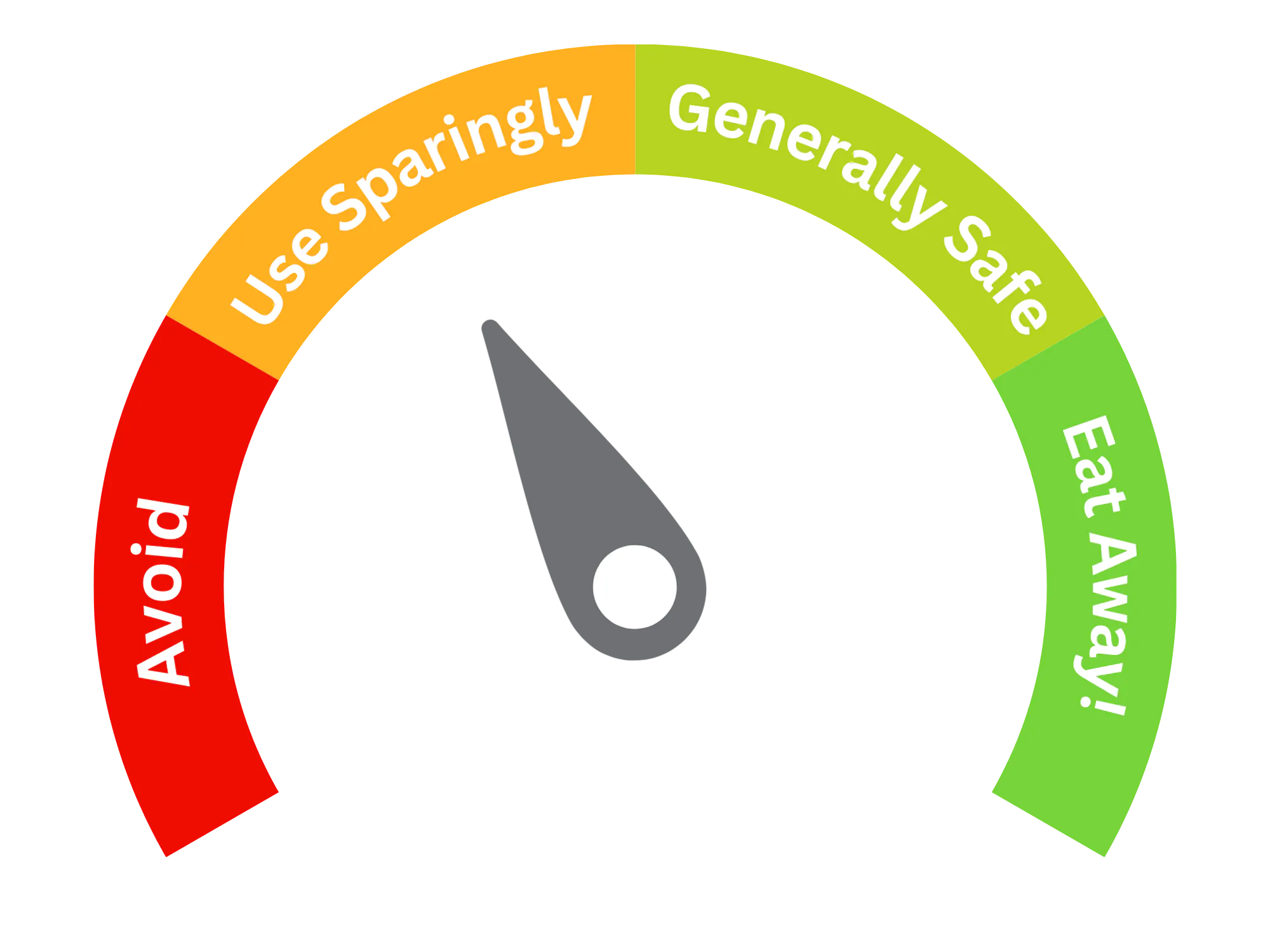Sodium Nitrate (E251)
| Type of additive (Glossary) | Preservatives |
| E Number | E251 |
| Chemical Formula | NaNO3 |
| Also Known As | Chile Saltpeter Peru Saltpeter Soda Niter Cubic Niter |

Purpose and Function
Sodium Nitrate (E251) is used in the food industry primarily as a preservative and color fixative. It helps prevent the growth of bacteria and maintains the color and flavor of cured meat products. Common applications include:
- Cured meats: Used in products such as ham, bacon, corned beef, and salami to extend shelf life and maintain a pinkish color.
- Smoked meats: Helps preserve the appearance and prevent spoilage of smoked products.
- Cheese production: Sometimes used in the production of certain cheeses to prevent the growth of harmful bacteria.
Sodium Nitrate (E251) itself is not active as a preservative but is converted into sodium nitrite (E250) within the meat, which then performs the preservative function.
Potential Risks and Side Effects
Sodium Nitrate (E251) carries certain risks and safety considerations:
- Formation of nitrosamines: Similar to sodium nitrite, nitrates can be converted into nitrites in the body, which can then react with proteins to form nitrosamines, known carcinogens. This occurs particularly when meat is cooked at high temperatures.
- Regulatory limits: Due to potential health risks, the use of E251 is strictly regulated. Many countries, including those in the European Union and the United States, have established maximum allowable levels for sodium nitrate in food products to reduce the risk of nitrosamine formation.
- Health considerations: Long-term excessive consumption of nitrate-preserved foods may be associated with an increased risk of certain cancers. Limiting the intake of processed meats containing sodium nitrate is advisable.
While Sodium Nitrate (E251) is effective for meat preservation, it is important to use it within safe limits to minimize potential health risks.
